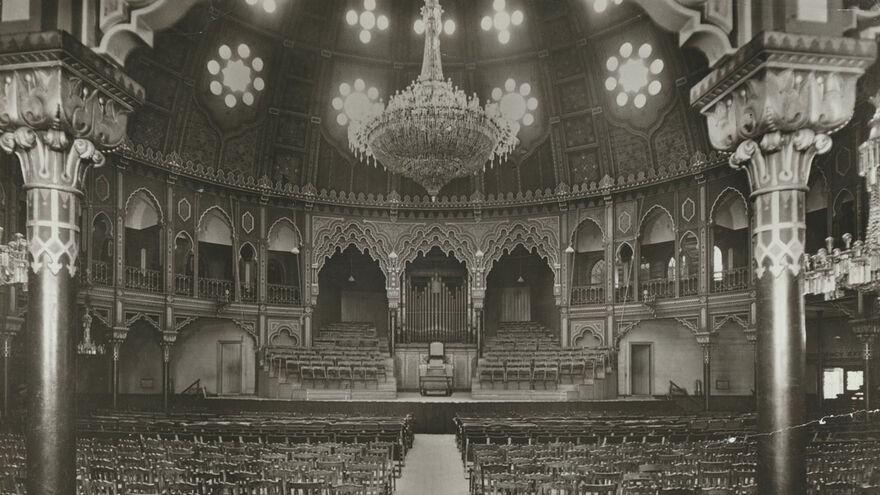
Memories sought from Brighton Dome’s 150-year history as a performance venue
To mark 150 years as a performance venue, Brighton Dome is seeking memories from across its rich history. Submissions will help inform new heritage displays which will go on show when the refurbished buildings re-open in late 2018.
The Grade I listed Brighton Dome, which was originally designed as the Prince Regent's riding stables, was converted into a concert and assembly hall in 1867, soon becoming one of the most fashionable and culturally significant venues in the south.
The opening was reported in The Illustrated London News with the words:
“The visitors to Brighton . . . will be surprised and gratified to find how successfully this place, formerly a neglected adjunct of the Pavilion stables, has been converted into one of the most agreeable halls for a promenade concert or exhibition in any town in the kingdom . . . The fantastical and whimsical taste of George IV does not appear so unsuitable to a place of this description, which will be devoted to miscellaneous uses of display, festivity and entertainment.”
Since then an array of artists have graced the stages including early jazz pioneers, the Southern Syncopated Orchestra, world famous singer, actor and activist Paul Robeson, and David Bowie. Pink Floyd, whose first appearance was supporting the late great Jimi Hendrix, famously debuted their classic Dark Side of the Moon album live at Brighton Dome in January 1972. In 1974 the venue hosted ABBA’s victory in the Eurovision Song Contest with Waterloo.
Brighton Dome’s various guises over the past 150 years have also included a cavalry barracks, a WW1 military hospital for Indian soldiers and a roller skating rink.
The public are invited to submit memories from across Brighton Dome’s rich history to help form part of new interpretation displays which will accompany the re-opening of the refurbished Corn Exchange and Studio Theatre.
This work is part of an ambitious project to restore and reunite the Royal Pavilion Estate buildings and gardens and help tell its rich history and heritage. Click here more information about the project.
Submit your memories here
